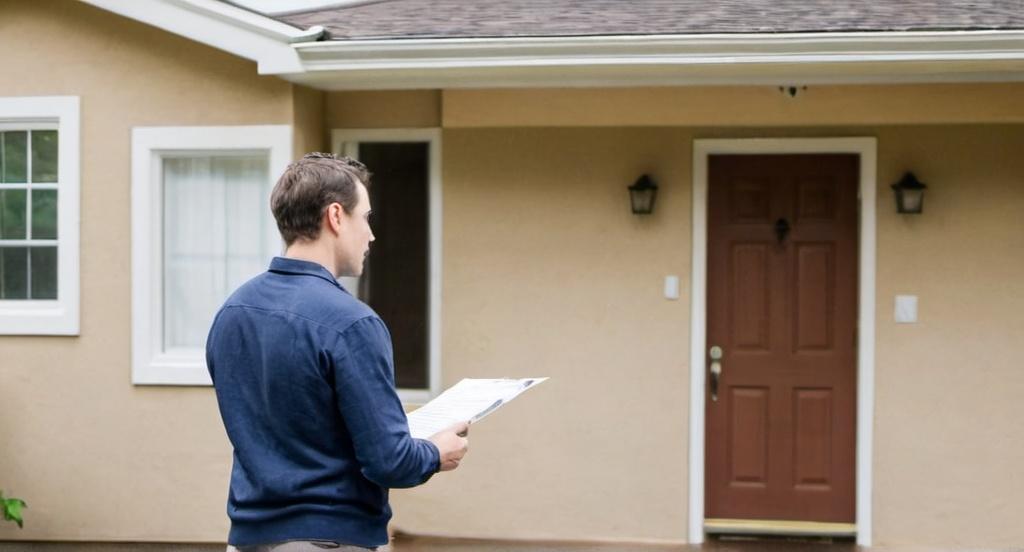Key Take Aways about Office buildings as Investment Properties
- Office buildings offer stable income through leases, with potential for value appreciation.
- Location is crucial; assess accessibility, infrastructure, and future developments.
- Diversify tenants across industries to reduce risk from economic downturns.
- Monitor market trends and economic indicators like GDP growth and unemployment rates.
- Be prepared for challenges including management costs and impacts of remote work trends.
- Zoning laws and regulations can affect property development.
- Strategic investment in office buildings requires patience and informed decisions.

Investing in Office Buildings
Investing in office buildings isn’t just about brick and mortar; it’s more like finding a goose that lays golden eggs—if you get it right. Office buildings, as investment properties, offer a stable form of income through leases to various businesses. These buildings, typically situated in business hubs or city centers, can generate a regular stream of rental income while their value appreciates over time.
However, choosing the right office building to invest in is no walk in the park. This process involves understanding the market trends, location dynamics, potential tenants, and the overall economic climate.
The Role of Location
When it comes to office buildings, location takes the cake. Investors looking for office properties to rent out must consider the accessibility, infrastructure, and economic activity in the area. A bustling city center or a growing suburban business park can both be lucrative, depending on the type of businesses you aim to attract.
Investors should also pay attention to future development plans within the vicinity. An upcoming transportation hub or commercial project can significantly increase the value of an office building. But beware! Being too close to an area under construction might initially deter potential tenants due to noise and accessibility issues.
Tenant Diversification
An office building’s success hinges on its tenants. Having a diversity of tenants from different sectors reduces risk. If one industry faces a downturn, the impact on rental income is cushioned by tenants from other industries. Picture the chaos if your primary tenant was a video rental business back in the day.
Furthermore, long-term leases with established businesses are a safe bet. They provide consistent cash flow and reduce the likelihood of vacancies. However, it’s important to strike a balance. Long leases with minimal rent increments might mean losing out on potential income in a rapidly appreciating market.
Market Trends and Economic Indicators
Investing in office buildings isn’t about following your gut feeling. It’s about keeping an eye on market trends and economic indicators. Office spaces are sensitive to economic cycles. During economic booms, businesses expand and demand more office space, leading to potential increases in rent and property values. Conversely, economic downturns can result in decreased demand and falling rents.
Investors must stay updated on key economic indicators like unemployment rates, GDP growth, and business formation rates. These indicators provide insights into the health of the business environment and potential demand for office spaces.
Challenges and Considerations
Investing in office buildings isn’t a cash cow without its fair share of challenges. Management and upkeep costs can stack up quickly. Regular maintenance, security, insurance, and property management services eat into the profits. Besides, urbanization trends and the rise of remote work might have a long-term impact on office space demand.
Investors also need to consider zoning laws and regulations, which vary by region. These can impact the type and extent of development permissible on the property.
In summary, office buildings can be a solid investment if approached with a strategic mindset. Location, tenant diversification, and economic awareness play significant roles. While the challenges are numerous, the potential for steady income and appreciation make office buildings a staple in many investment portfolios. Just remember, in the real estate game, patience, and informed decisions are your best allies.